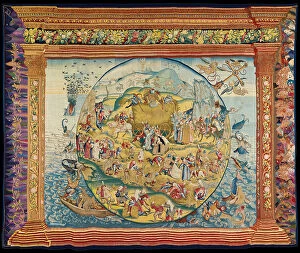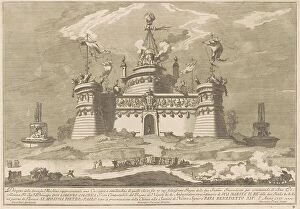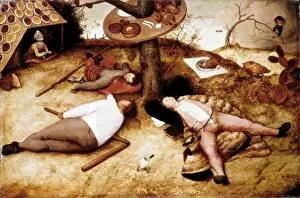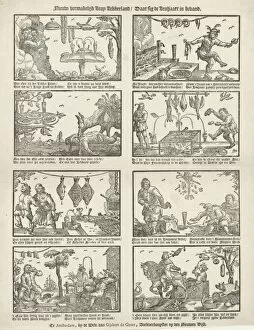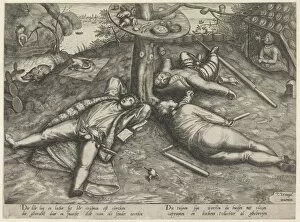Cockaigne Collection
"Cockaigne: The Venerable Idleness and the Queen of Indulgence" Step into the whimsical world of Cockaigne, a land where idleness reigns supreme
All Professionally Made to Order for Quick Shipping
"Cockaigne: The Venerable Idleness and the Queen of Indulgence" Step into the whimsical world of Cockaigne, a land where idleness reigns supreme. In this enchanting realm, depicted in various artworks throughout history, one can find the embodiment of sloth and gluttony. Pieter Bruegel's masterpiece "Acedia (Sloth) From the series Seven Deadly Sins" transports us to an era when these vices were personified. Here, we witness a fat woman comfortably seated on a movable toilet chair, symbolizing the indulgent nature of Cockaigne. In "The Harvesters, " another iconic work by Bruegel, we catch a glimpse of this mythical land amidst scenes of rural life. As peasants laze about under shady trees and feast upon abundant food, it becomes evident that Cockaigne is no ordinary place but rather a utopia for those who embrace leisure over labor. The allure extends beyond paintings; it has inspired literature as well. The title page from Cvccagna capitolo nel qvale si descriuono hints at tales describing this fantastical paradise. Meanwhile, engravings like "Veduta della machina della coccagna sollennizare il" depict grand celebrations held in honor of Cockaigne's opulence. Throughout centuries, artists have continued to explore this captivating concept. Gijsbert de Groot's anonymous creation titled "New entertaining Cockaigne" offers fresh interpretations while still capturing its essence. Similarly, Pieter van der Heyden's attributed piece "Luilekkerland" immerses viewers in an alternate reality where pleasure knows no bounds. "The Land of Cockaigne, " as it is often referred to, has left an indelible mark on art history.

